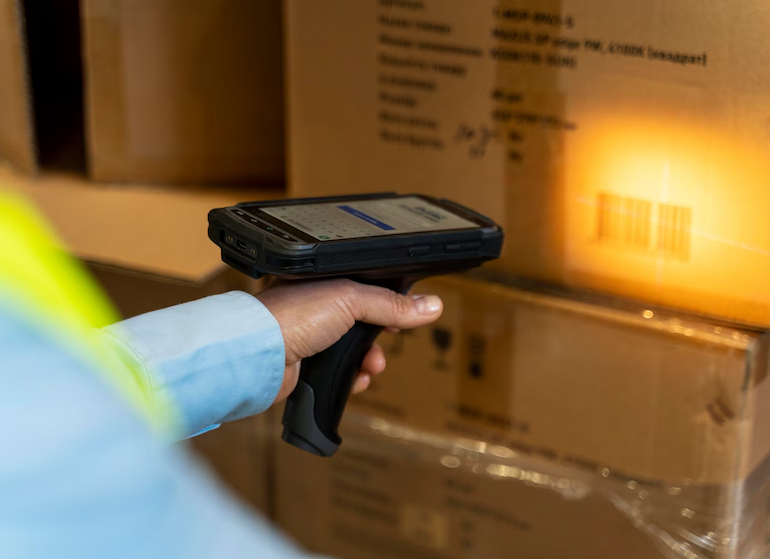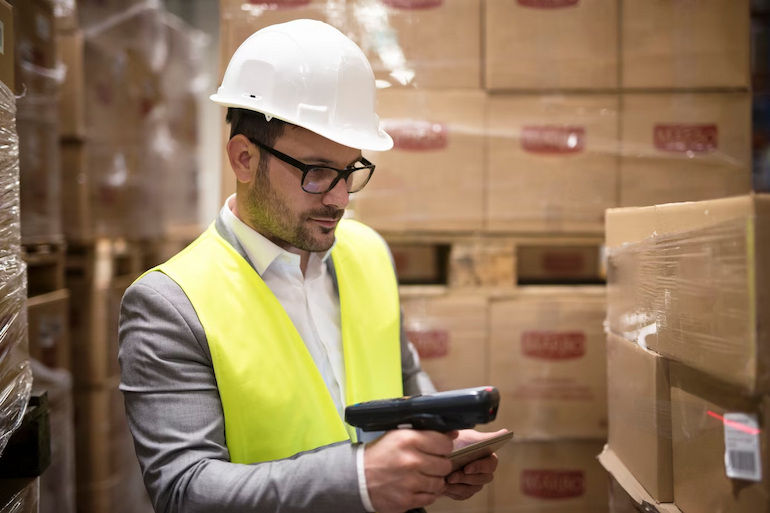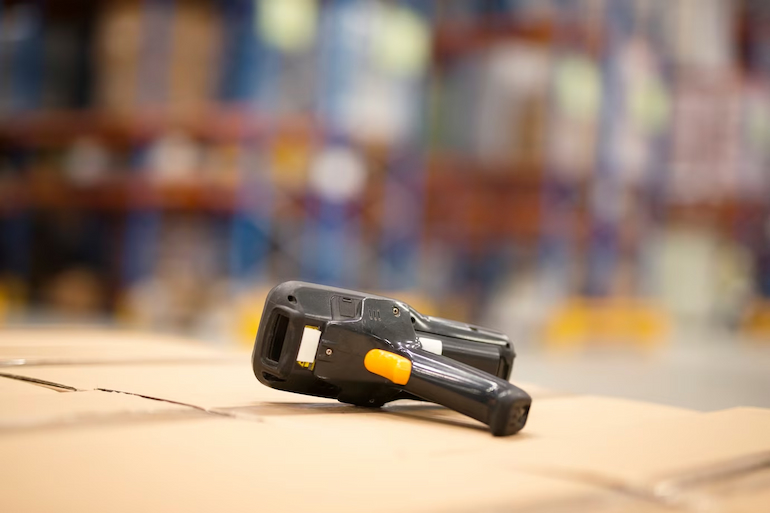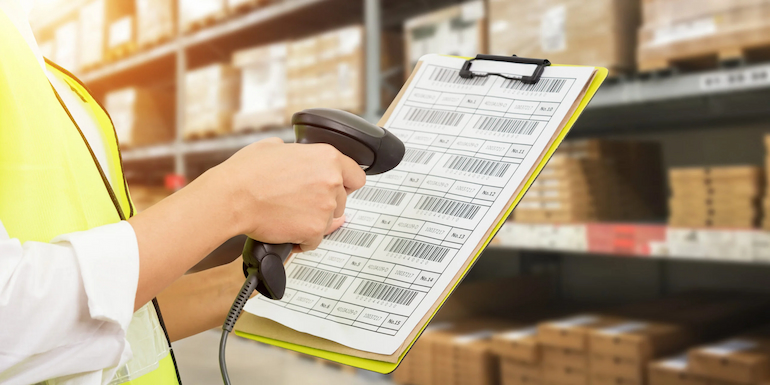Without a doubt, the retail industry has been revolutionised by technology. Gone are the days when every transaction had to be manually entered into a system, which was both time-consuming and error-prone.
With the addition of new and improved systems, retailers have been able to streamline their operations, increase efficiency and ultimately improve the customer experience. One of the most important technological advancements in retail is the introduction of accurate and reliable barcode scanners. But how do you know which one is right for your business?
Your Company’s Needs

It is critical to properly grasp your business requirements before commencing on your barcode reading choosing journey. Take the time to evaluate your specific demands and operations. Consider the number of products to be scanned, the area in which the device will be used, and the types of barcodes that will be encountered.
For example, if you operate in a retail environment with significant customer traffic, you will want a barcode scanner that can withstand repeated usage and has a quick scanning speed. A different sort of scanner is required if you work in a warehouse where durability and lengthy scanning distance are critical.
Consider integrating the scanner with your current systems next. Do you require a device that can communicate with your POS system or inventory control software? Understanding your integration needs can assist you in narrowing your alternatives and ensuring compatibility with your current infrastructure.
Specific Model Options

Most people are acquainted with the typical, gun-shaped handheld scanners. They are versatile and may be utilised in a variety of applications. Handheld units are useful for areas such as retail, healthcare, and manufacturing, where mobility and simplicity of use are critical.
Presentation scanners, often known as hands-free scanners, are widely utilised in retail settings. They are intended to be put on a counter or table, and they allow goods to be scanned fast by just passing them in front of the scanner. Presentation scanners are perfect for high-volume scanning and can boost checkout efficiency dramatically.
As the name implies, mobile scanners are portable devices that may be linked to smartphones or tablets. They are particularly beneficial in enterprises that demand mobility, such as handling warehouses or field service operations. Employees may scan barcodes on the fly using these devices, which give flexibility and convenience.
Features and Compatibility
Another important factor to consider when selecting barcode scanners is their decoding capacities and compatibility with various types. When it comes to the capacity to scan diverse barcode formats, not all devices are made equal. Some devices can only read 1D barcodes (patterns of parallel lines), whilst others can read both 1D and 2D barcodes (patterns of squares, dots, or other geometric forms).
It is critical to evaluate the types of barcodes used in your business operations and guarantee that your chosen device can correctly decode them. Consider your company’s future requirements as well. Will you ever have to read more sophisticated barcodes? Investing in a scanner that supports numerous barcode formats can protect your operations in the long run and spare you from having to repair the equipment.
Connectivity

The most frequent and generally accepted alternative is a USB connection. It enables a dependable and simple connection to your PC or POS system. USB scanners are plug-and-play devices, which means they may be connected and utilised without the need for extra software or drivers.
Bluetooth scanners provide wireless communication, which allows for better mobility and flexibility. They may be connected to a computer or mobile device to offer cordless scanning. These devices are suitable for firms where staff must be able to move about freely while scanning things, such as in a warehouse or retail setting.
Wi-Fi scanners take wireless communication to the next level, allowing for real-time data transfer and synchronisation with your systems. They are most commonly utilised in bigger organisations when several devices must connect with a centralised database or server. They improve productivity and accuracy by immediately updating your inventory or database when an item is scanned.
When selecting a connectivity solution for your barcode reader, keep your company’s demands and infrastructure in mind. It is critical to ensure that the scanner’s networking technique is compatible with your existing systems and delivers the functionality required to satisfy your operational needs.
Durability and Ergonomics
Ergonomics considers elements such as scanner weight and design, as well as the positioning and accessibility of buttons or triggers. A gadget that is lightweight and ergonomically constructed can help to minimise tiredness and increase productivity. Look for gadgets with an even distribution of weight and a pleasant grip that will fit well in your employees’ hands.
Durability is especially crucial in businesses where the climate is harsh, such as warehouses or manufacturing facilities. The equipment should be resistant to accidental drops, dust or moisture, and severe handling. Look for scanners with a high IP (Ingress Protection) certification, which indicates water and dust resistance. Check to see whether the item has been drop-tested and can sustain falls from a specific height.
Distance and Speed of Scanning

Scanning distance and speed are crucial factors to consider, particularly in businesses where productivity and efficiency are essential. The scanning distance is the greatest distance between the scanner and the barcode at which the equipment can read the barcode properly.
Will you be reading barcodes up close, as in a retail setting, or will you need to scan barcodes from a distance, like in a warehouse with high shelves? To guarantee precise and efficient scanning, select a device with a scanning distance that corresponds to your operating requirements.
The scan rate, also known as scanning speed, controls how rapidly the scanner can read and decode barcodes. A quick scanning speed is critical in high-volume situations, such as crowded retail checkout counters, to avoid bottlenecks and lengthy lines. It is worth noting that scanners with faster scanning rates may be more expensive. To maintain the best performance within your budget, find a balance between speed and cost.
Conclusion
Choosing the best barcode scanner for your company’s needs might be difficult, but it doesn’t have to be. You will be able to select the right barcode scanner that matches your individual requirements by taking into account all of the variables outlined in this article, from budget and durability to features and connection. You’ll benefit from enhanced productivity, cheaper expenses, and more customer satisfaction if you choose the proper gadget.

